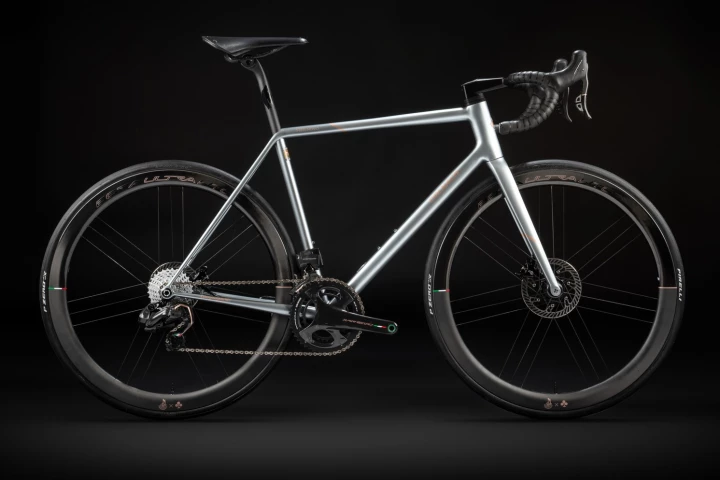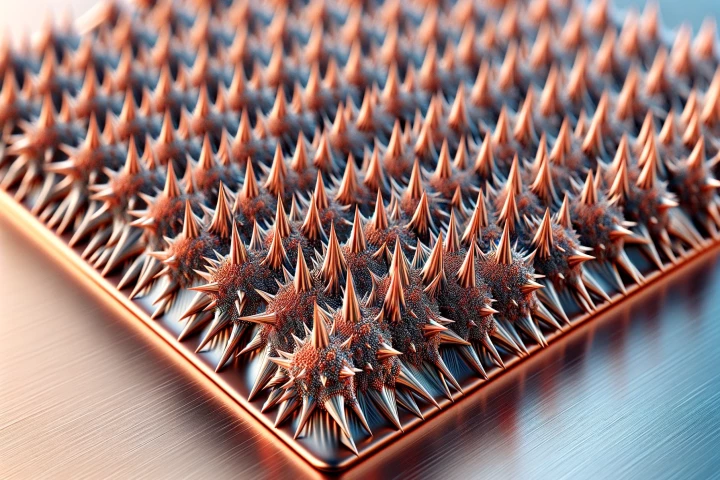Steel
-
A Maryland-based startup is set to begin mass producing Superwood, which is made from regular timber using a densification process, and exhibits strength greater than that of steel.
-
If the response to our article on the Tiruler is anything to go by, there's a lot of interest in folding-ruler multitools. The Pivot X is the latest to hit Kickstarter, boasting seven handy features in one CNC-machined stainless steel package.
-
MIT spinout Boston Metal has powered up its electricity driven steel production reactor and made over a ton of metal in a crucial step toward commercializing its process. With clean electricity, the process could make steel with zero CO2 emissions.
-
Like most high-end bicycle makers, Colnago once made all its bikes out of steel, but has since switched to carbon fiber. For its 70th anniversary, however, the Italian marque is revisiting steel with the partially 3D-printed limited-run Steelnovo.
-
To help combat the rise of antibiotic-resistant bacteria, researchers have been experimenting for years with drug-free methods to blast disease-causing bugs. A new type of stainless steel does exactly that, in a convenient and affordable way.
-
Researchers have devised an economical way of reducing the environmental impact of both the steel and aluminum industries by using hydrogen to melt down the toxic red mud left over from aluminum production to produce green steel in around 10 minutes.
-
Leatherman claimed the first multitool use of CPM MagnaCut steel with its Garage 005 tool, but MKM wasn't far behind. Its Campo 7 is a basic folding pocket tool with a MagnaCut blade and six other implements perfect for camping and outdoor cooking.
-
Different types of metal have different qualities, so combining them can result in items that outperform those made of any one metal. A new technique now allows such mixing to be performed by 3D printers, faster and easier than ever before.
-
Strength and flexibility are two opposites that usually need to be balanced in steel. But now engineers at Purdue University and Sandia Labs have developed a new treatment that can be applied to steel alloys to boost both strength and ductility.
-
Back in 2020 we first heard about the SUS1, a prototype folded-steel electric scooter made by Swedish startup Stilride. Well, the company has now announced full specs and pricing on the production version of the vehicle, called the Stilride 1.
-
A new archeological discovery has confirmed that tempered steel was used by artisans in the Iberian Peninsula to carve intricate motifs into hard rock stelae during the Final Bronze Age, earlier than previously thought.
-
A rare decarbonization idea that looks as good for business as it does for the planet. This system promises to radically reduce carbon dioxide emissions for 70% of steelmakers, while generating profits and making use of existing blast furnaces.
Load More











